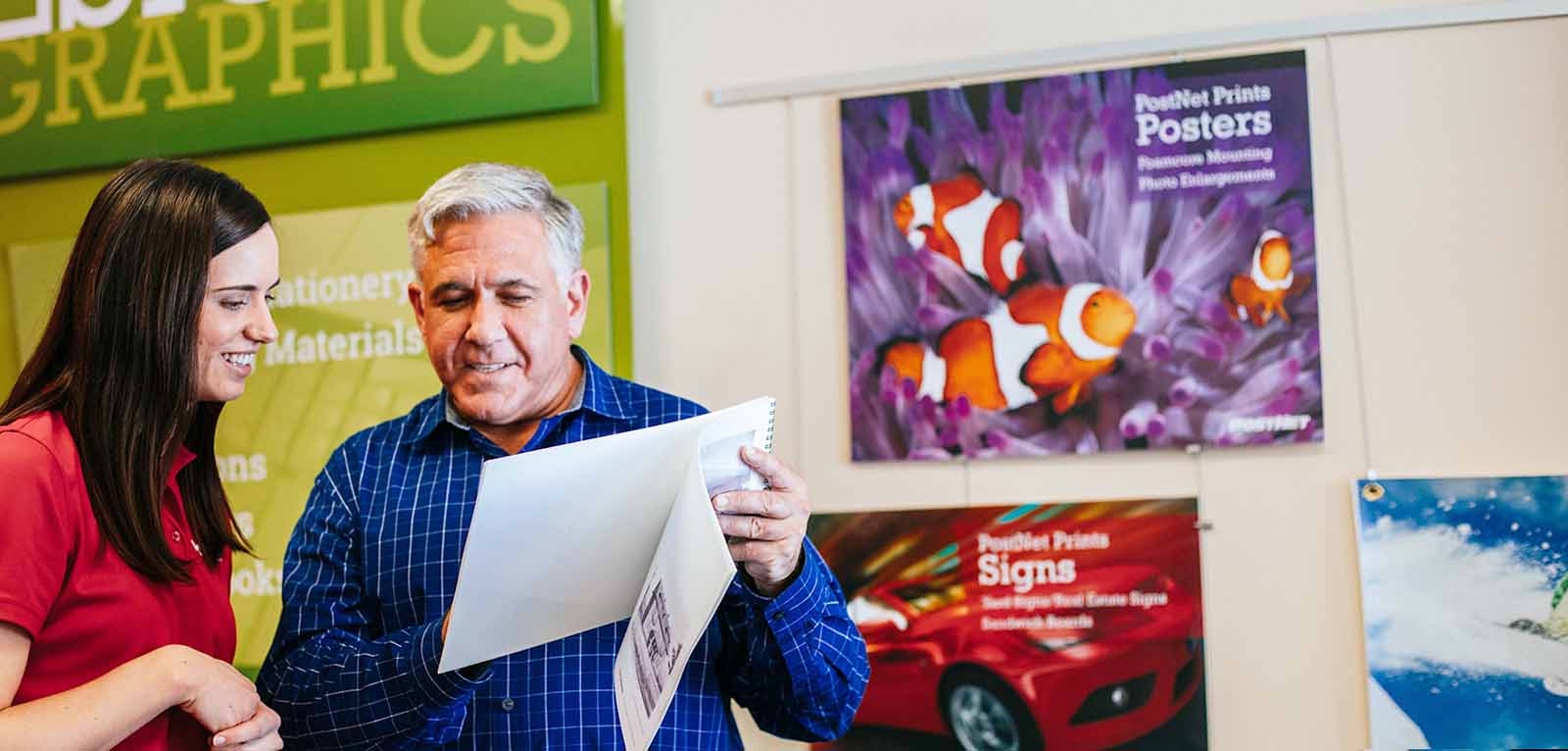Test Your Design & Print Knowledge
PostNet is here to help with all your print needs.
Find a PostNet Center

Think you know a thing or two about putting ink on paper? Let’s find out! Take our quiz to see whether you’re a design and print pro.